Hydroponics is a type of growing plants using nutrient-rich water instead of soil. It allows you to grow plants indoors or in a controlled outdoor environment and is a great way to produce fresh produce year-round. To set up a hydroponic system at home. You will need to choose a suitable location, decide on the type of hydroponic system you want to use, and select the right plants for your system. Let’s check out 20 key rules for setting up a budget hydroponic garden at home below.
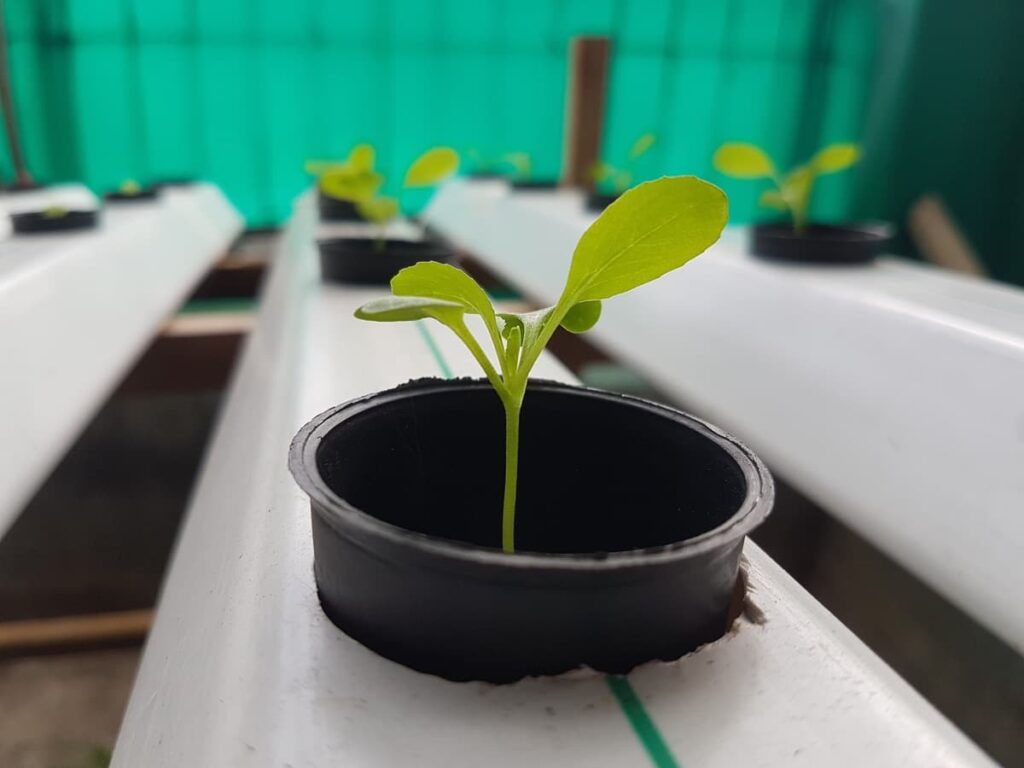
You will also need to assemble your hydroponic setup and set up a light source for your plants. Maintaining proper pH levels, temperature, and humidity in your system, providing the proper nutrients, and monitoring the oxygen levels will also be necessary for the success of your hydroponic garden. With proper care and attention, a hydroponic system can be a productive and rewarding way to grow various plants at home.
This method can be more efficient and cost-effective than traditional gardening, requiring less water and fewer pests and diseases. However, setting up a hydroponic system can be intimidating for those new to this method. Hydroponic gardens can be set up indoors or outdoors, and they offer several benefits over traditional soil-based gardening, including:
- Higher yields: Hydroponic gardens can produce higher yields than soil-based gardens because plants can be grown closer together and receive a consistent supply of nutrients.
- Increased efficiency: Hydroponic gardens are more water-efficient than soil-based gardens because the water can be reused and is not lost to evaporation or absorption into the ground.
- Greater control: With a hydroponic garden, you have greater control over the growing conditions, such as temperature, light, and nutrient levels. It can lead to healthier plants and higher-quality produce.
- Year-round growing: Hydroponic gardens can be set up indoors, allowing you to grow plants year-round, regardless of the weather.
- Reduced risk of pests and diseases: Because hydroponic gardens do not use soil, they are less prone to pests and diseases that can affect soil-based gardens.
Suppose you’re looking to create a hydroponic garden at home on a budget. In that case, a few fundamental rules ensure you’re maximizing your savings. Here are the top 20 rules for setting up a budget-friendly hydroponic garden at home.
In case you missed it: Fertilizer Schedule for Home Garden: Organic, Chemical, How and When to Apply
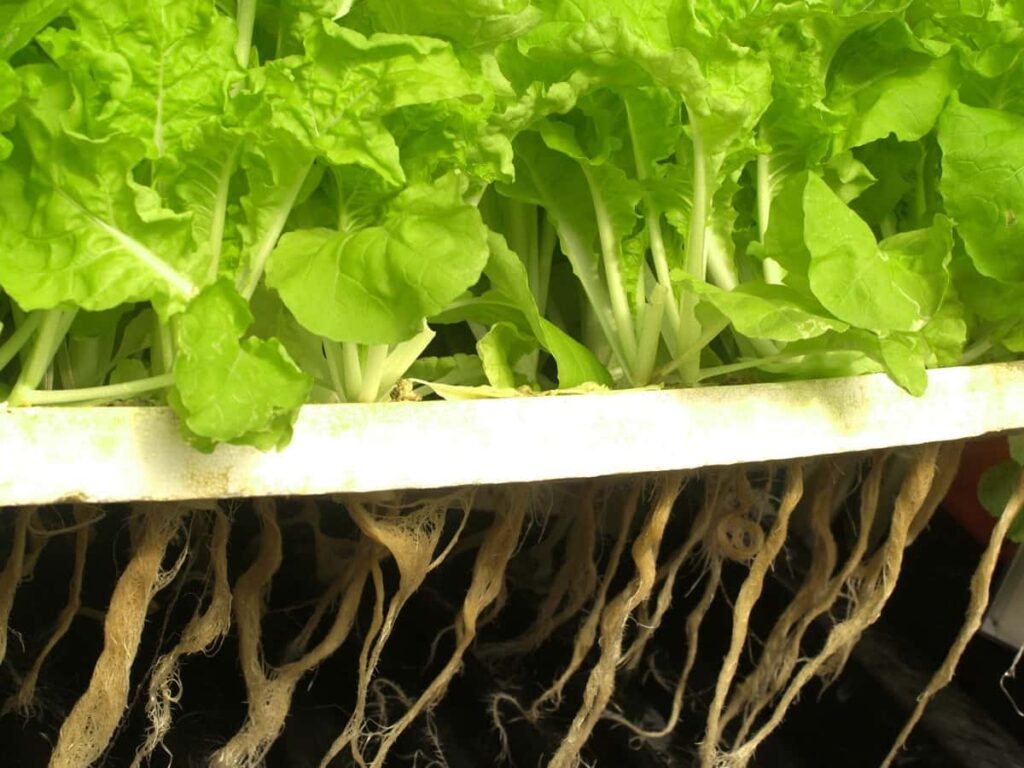
20 key rules for setting up a budget hydroponic garden at home
Rule 1: Choose the right location
Choose a suitable location for your hydroponic system to set up at home. It should have access to light need enough light to grow properly, so choose a location that gets plenty of natural light or that can be easily equipped with grow lights, electricity, a water source, space to accommodate your hydroponic system, and any other equipment you will be using and be protected from extreme weather conditions.
Rule 2: Select the right equipment
You’ll need to choose the right equipment for your garden, such as a grow tent, grow lights, and a hydroponic system. Look for affordable options that will meet your needs.
- Grow tent: A lightweight structure that provides a controlled environment for your plants. It helps to regulate temperature, light, and humidity levels.
- Hydroponic system: There are several different types of hydroponic systems to choose from, such as nutrient film technique (NFT), deep water culture (DWC), and aeroponics. Choose the one that is best for your home needs.
- Containers: You’ll need containers to hold your plants and their hydroponic solution. Various containers, such as plastic pots, buckets, or trays, are now used for plants in hydroponics at home.
Rule 3: Choose the right plants
Some plants are more suitable for hydroponics than others. When selecting plants, consider factors such as the size of your garden, climate, and personal preferences. Plants grown successfully in a budget-friendly hydroponic garden at home are lettuce, basil, mint, cilantro, tomatoes, peppers, cucumbers, and strawberries.
Rule 4: Properly set up your hydroponic system
Follow the instructions for setting up your hydroponic system carefully. Ensure all the equipment is assembled correctly and your nutrient solution is properly mixed. Choosing the type of system to be used, the media to be used, filling the media, and adjusting the pH as needed. Plant your seeds or seedlings in the medium, following the recommended guidelines. Fill your hydroponic system with water and add the appropriate nutrients, following the recommended dosage. Regularly clean your hydroponic system to prevent the buildup of algae and other pests.
Rule 5: Test your nutrient solution regularly
It is important to regularly test your solution’s pH and nutrient levels to ensure that your plants are getting the proper balance of nutrients. The nutrient solution provides your plants with the necessary nutrients to grow. It is essential to ensure that the levels are balanced correctly. Two key factors to test for in your nutrient solution are pH and nutrient levels.
In case you missed it: Top 15 Effective Organic Home Remedies for Garden Pests: Proven Control Methods
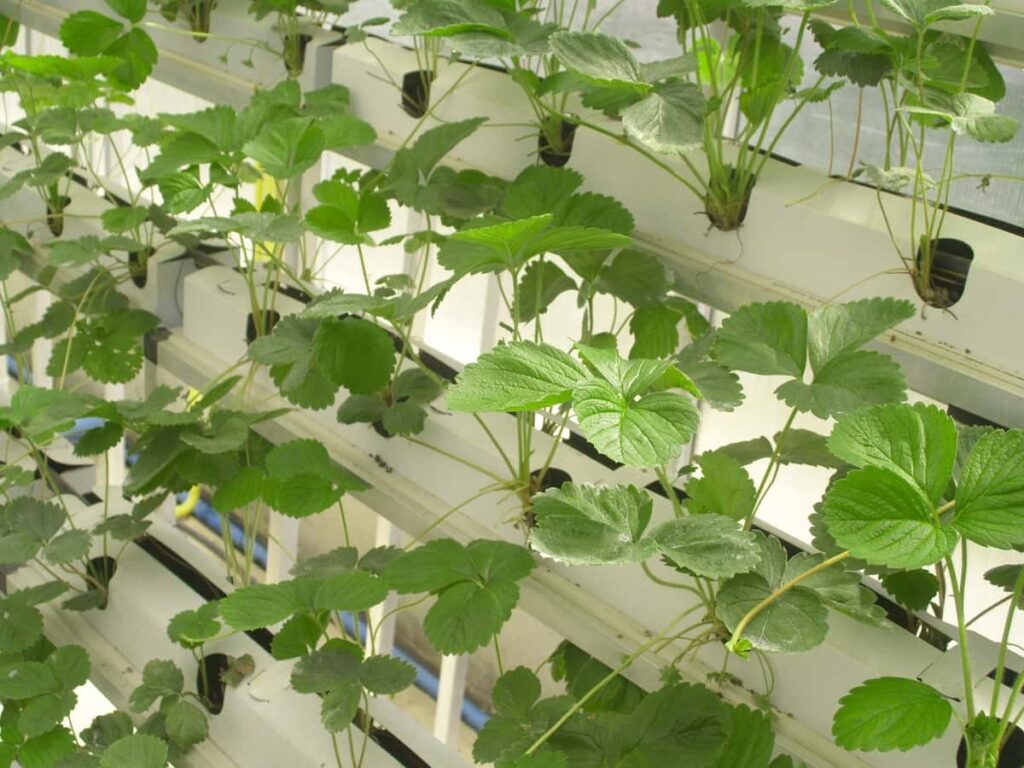
The pH of the solution should be in the range of 5.5–6.5 for plants. If a wide range of pH changes, it can affect the plant’s nutrient absorption. A variety of testing kits are available for measuring your nutrient solution’s pH and nutrient levels. These kits are relatively inexpensive and are an essential tool for maintaining a healthy hydroponic garden.
Rule 6: Monitor your plants’ growth
Regularly check on them to ensure they are getting enough light and nutrients, and make any necessary adjustments. The leaves of your plants can give you important information about their health and growth. Check for leaves, roots, and lighting conditions. Look for signs of yellowing or wilting, which can indicate a problem with the plants’ nutrient levels or overall health. Regularly test your nutrient solution’s pH and nutrient levels to ensure that your plants are getting the proper balance of nutrients.
Rule 7: Keep your garden clean
Hydroponic gardens can be prone to algae and other pests. Hence, it is essential to keep the area clean to prevent these issues. Remove any dead or dying plants as soon as you notice them. These plants can harbor pests and diseases that can spread to healthy plants. Regularly clean your equipment, such as grow lights, tents, and hydroponic systems. Use a cleaning solution and a soft cloth to remove dirt and grime. Keep the area around your garden clean. Sweep up any dirt or debris and dispose of it properly.
Rule 8: Use the right amount of nutrients
Over-fertilizing can harm your plants and lead to problems such as nutrient burn, which makes the leaves yellow and the plants wilt. On the other hand, under-fertilizing can result in slow or stunted growth. To ensure plants get the right amount of nutrients, following the recommended dosage for your specific plants is important. This information can typically be found on the label of the nutrient solution you are using. It is also important to regularly test your solution’s pH and nutrient levels to ensure that your plants are getting the proper balance of nutrients. It can be done using test strips or a pH meter.
Rule 9: Use the correct type of grow lights
Different types of grow lights are better suited for different stages of plant growth. Choose the correct type of light for your plants’ needs. Several grow lights are available in hydroponic gardens, including fluorescent lights, high-intensity discharge (HID) lights, and light-emitting diode (LED) lights.
Fluorescent lights are a popular choice for hydroponic gardens because they are energy efficient and produce little heat. They are best suited for seedlings and small plants but not as effective for larger plants. LED lights are becoming increasingly popular for hydroponic gardens because they are energy efficient, long-lasting, and produce little heat. They can be more expensive upfront, but they can save money in the long run due to their energy efficiency.
In case you missed it: Homemade Fertilizer Recipe with Egg Shells: How and When to Apply in the Garden
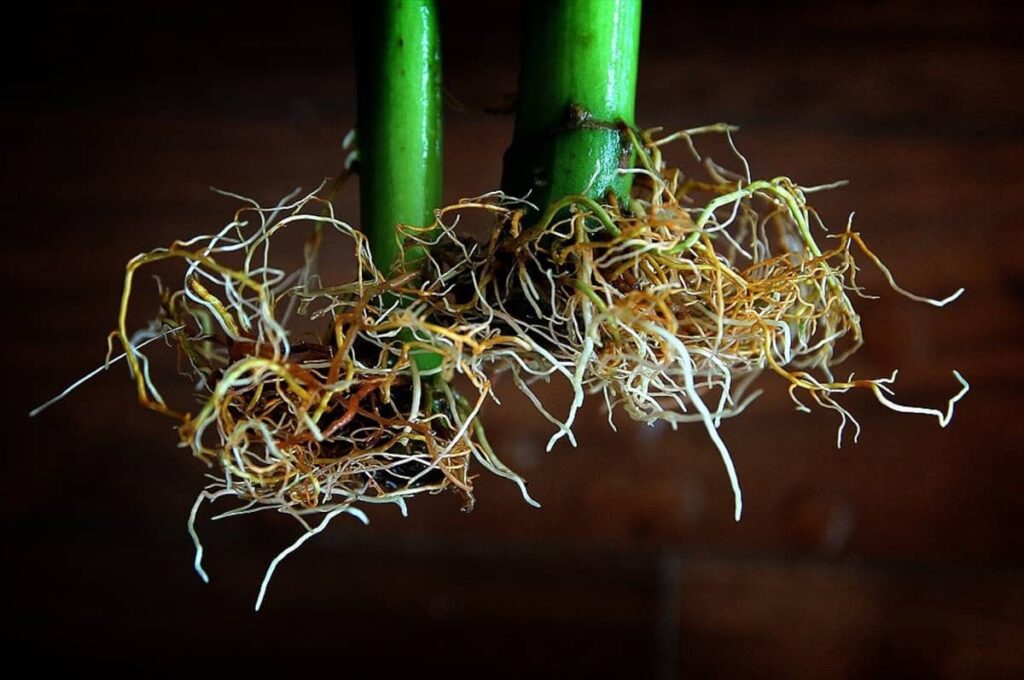
Rule 10: Properly ventilate your garden
Proper ventilation is essential to prevent mold and other issues. Make sure your garden has enough air circulation. Here are a few tips for properly ventilating your garden:
- Use an air pump: An air pump can help oxygenate the water in your hydroponic system, which can benefit your plants.
- Keep the area clean: A clean garden is less prone to pests and diseases, so regularly clean and remove any dead or dying plants.
Rule 11: Control the temperature
The ideal temperature for hydroponic gardens varies depending on the plants you are growing. Keep an eye on the temperature and make any necessary adjustments. Monitor the temperature regularly: Use a thermometer to regularly check the temperature in your garden and make any necessary adjustments. Choose the right plants: Some plants are more tolerant of temperature fluctuations than others. Consider choosing plants that are well-suited to the temperature range in your grow space.
Rule 12: Use the correct type of hydroponic system
There are several types of hydroponic systems to choose from, such as nutrient film technique (NFT), deep water culture (DWC), and aeroponics.
Rule 13: Choose the right size containers
Make sure your containers are the right size for your plants. Small roots will become overcrowded; too large and the plants may need more nutrients.
Rule 14: Use a good-quality water source
The water you use in your hydroponic garden can significantly impact your plants’ health. Use a good quality source, such as filtered or purified water.
Rule 15: Choose the correct type of media
Several media types can be used in hydroponic gardens, such as coconut coir, perlite, and Rockwool.
Rule 16: Avoid over-watering
Over-watering can lead to problems such as root rot. Make sure to follow the recommended watering schedule for your specific plants.
In case you missed it: Growing Spinach Organically in Telangana: Cultivation Practices and Production Guide
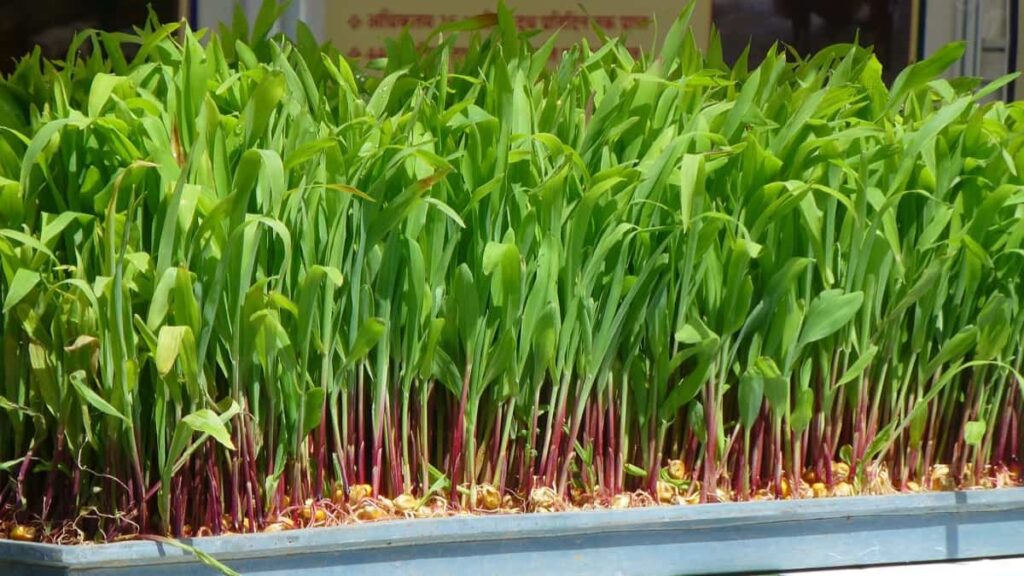
Rule 17: Avoid under-watering
It is essential to provide your plants with enough water, but be careful not to over-water them. To avoid under-watering, follow the recommended watering schedule for your specific plants and monitor the moisture levels in your hydroponic system. You can use a moisture meter or simply check the weight of your containers to determine when your plants need water.
Rule 18: Choose the correct type of nutrients
Many different types of nutrients are available for hydroponic gardens. Choosing the best nutrient solution for plants is important because we supply direct nutrients instead of soil.
Rule 19: Rotate your plants
To ensure that all plants get enough light, consider rotating them regularly to get better light from performing more photosynthetic activity.
Rule 20: Be patient
When setting up a hydroponic garden at home. Hydroponic gardening can be a rewarding hobby, but it does require patience. It can take time for plants to grow and thrive in a hydroponic system, so be prepared to wait and be patient. Additionally, it may take trial and error to get everything set up properly and find the right balance of nutrients and light for your plants. Don’t get discouraged if you encounter setbacks along the way. With patience and persistence, you can have a successful hydroponic garden.
In case you missed it: Lentil Farming Practices: Cultivation and Production Guide for Beginners
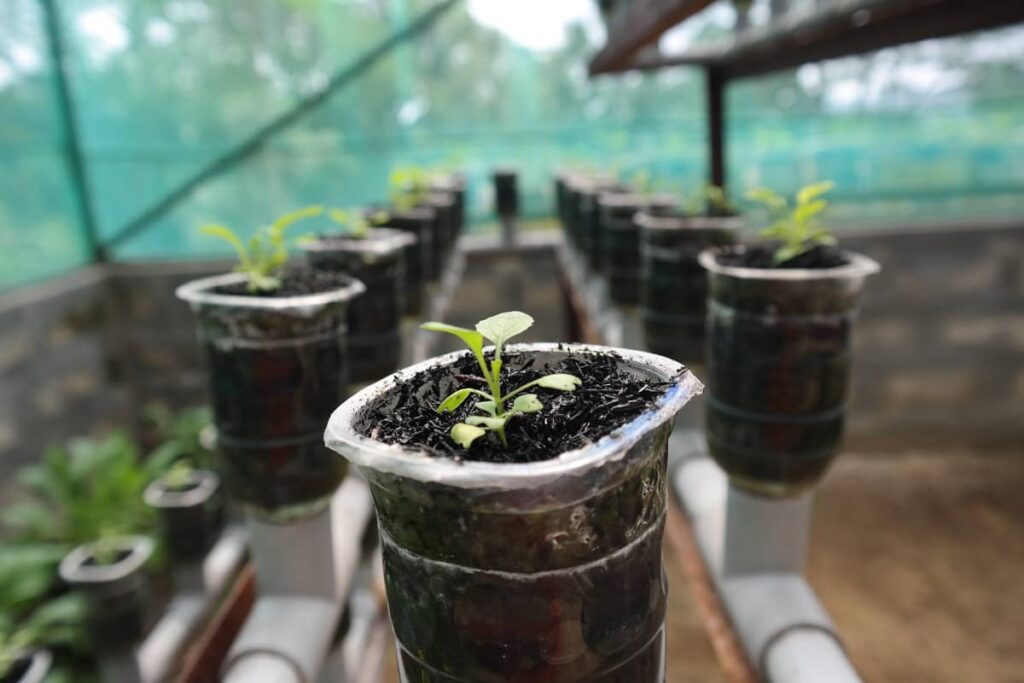
Best tips to consider to setup hydroponic gardening at home
- Start small: It’s a good idea to start with a simple system to get a feel for how hydroponics works before investing in a more extensive setup at home. And start with short-duration plants and leafy greens etc., to get the best results.
- Choose the right location: Find a well-light area with access to water and electricity and a stable temperature between 21-25°C.
- Gather the necessary materials and equipment: You’ll need hydroponic containers, pumps, tubing, grow lights, and a growing medium, among other things.
- Use the proper nutrients: Choose a nutrient solution formulated explicitly for hydroponics and follow the recommended dosage.
- Monitor pH and nutrient levels regularly: pH levels should be between 5.5 and 6.5, and nutrient levels should be kept at the proper levels to ensure optimal plant growth.
- Keep your system clean: Regularly clean and sterilize your containers and equipment to prevent the buildup of pests and diseases.
- Monitor your plants daily: Keep an eye out for any signs of stress or disease, and adjust your lighting, watering, and nutrient schedules as needed.
- Use a timer to automate your lighting and watering schedules: This will help you maintain a consistent schedule for your plants.
- Use a thermometer and humidity gauge to monitor the temperature and humidity of your plant environment. These factors show a significant impact on plant growth.
- Use reflective material to improve the efficiency of your grow lights: This will help your plants get the light they need without wasting energy.
- Management Pests and Diseases in Your Cotton Field
- Sheep Farming Business Plan for Beginners
- Aquaponic Farming at Home: A Step-By-Step Guide
- Profitable Village Farming Business Ideas in 2024
- High-Yield Aquaculture: Fast-Growing Fish for Farming
- Effective Fish Pond Construction Techniques for Beginners
- Irrigation and Water Management in Pineapple Farming
- Blossom to Harvest: Mastering Flowering and Pollination in Papaya Farming
- Pig Fattening Essentials: From Selection to Sale for Beginners
- Raising Wagyu Cattle: A Complete Guide for Premium Beef Production
- Soil Types and Their Water Holding Capacity
- Optimizing Irrigation Schedules for Coconut Groves for Enhanced Yield
- Espresso Your Garden: Coffee Grounds for Healthier Acid-Loving Plants
- The Best Soil Mix for Snake Plants: How to Mix Your Own Snake Plant Soil
- Green Thumb Success: Expert Tips for Cultivating Greenhouse Beans All Year Round
- Bloom All Year Round: The Ultimate Guide to Indoor Hyacinth Care
- Eco-Friendly Gardening: How to Make Liquid Fertilizer from Kitchen Waste
- Ultimate Guide to Grow Anise in Pots: Explore Seed Propagation to Harvesting
- Guide to Raising Chester White Pigs: Discover Breed Facts to Growth Management
- Mastering the Elegance: The Ultimate Guide to Weeping Cherry Tree Care, Planting, and Maintenance
- Ultimate Guide to Planting Garlic in Grow Bags: Growing Strategies for Beginners
- How to Fix Spider Plant Leaf-Related Problems: Natural and Organic Remedies
- 10 Reasons Why Your Tulsi Plant is Shedding Leaves: Home Remedies and Solutions
- Optimizing Growth and Yield: The Advantages of Palm Bunch Ash Fertilizer
- Utilizing Neem Oil Extract as a Natural Pesticide for Hydrangea
- From Soil to Harvest: Various Ways in Which Farmers Can Use AI Tools
- Steps to Encourage and Induce Citrus Flowers: A Comprehensive Guide
- How to Fix Snake Plant Leaf-Related Issues: Natural and Organic Remedies
- Transform Your Garden into a Fragrant Oasis with Raat Ki Rani (Night Blooming Jasmine)
- Discover the Ideal Chicken Breeds for Philippine Farms
- How to Create a Poultry Egg Farm Business Plan for Profits
- Grow Lemon Cucumbers Like a Pro: Insider Techniques for Bountiful Yields
- Ultimate Guide to Caring for Your Pink Princess Philodendron: Tips for Thriving Variegation
- Areca Nut Profit Per Acre: Calculating Yield and Cost of Cultivation
- How Kaveri Chicken is Becoming a More Profitable Breed in Indian Backyards
- Transform Your Barn: 9 Steps to Convert a Horse Stall into a Chicken Coop
